Sandblasting, also known as abrasive blasting, is a surface finishing technique where abrasive particles are sprayed against a surface at high pressure using a powered machine, often an air compressor and a sandblasting machine. Since sand particles are used to blast the surface, it is known as “sandblasting”. Technically speaking, the word “sandblaster” should refer only to a media blasting machine that makes use of silica particles, but the designation is used to describe any media blaster, regardless of its blasting media. Read More…
Our sandblast equipment is designed to handle a wide variety of applications and we use manufacturing methods that guarantee these machines will stand the test of time.
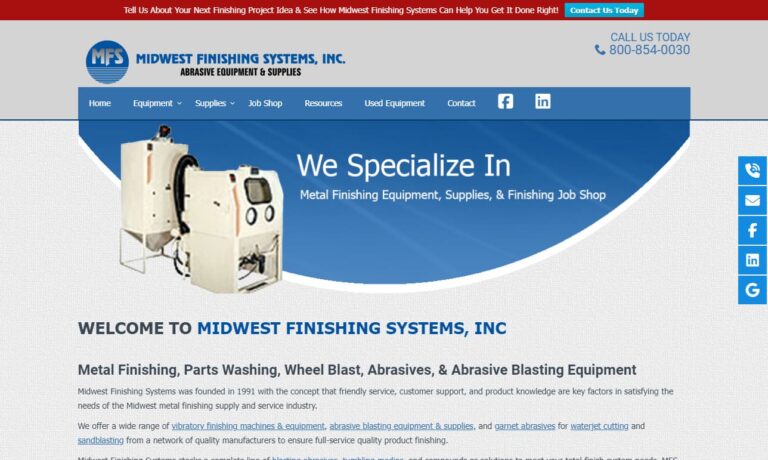
We have decades of experience in the finishing industry and we specialize in aqueous washing, abrasive blasting, vibratory finishing, polishing and buffing.
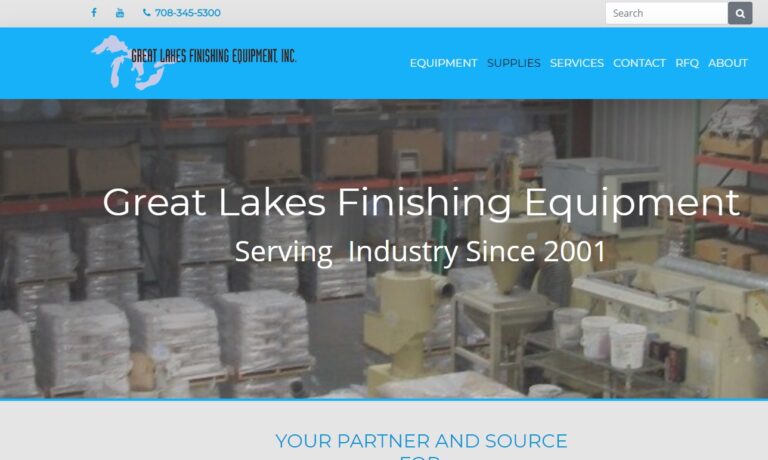
We are SurfacePrep, a trusted leader in surface preparation solutions, dedicated to delivering high-performance sandblast equipment and related products that meet the demanding needs of our customers. Our focus is on providing reliable, innovative equipment and consumables that help businesses achieve optimal surface finishes, improve efficiency, and extend the life of their tools and machinery.

At Allredi, we pride ourselves on being a leading provider of sandblast equipment, delivering exceptional solutions to meet the diverse needs of our customers. Our extensive range of products includes innovative sandblast machines, nozzles, and abrasives, all designed to enhance efficiency and performance in various applications.

At Raptor Blasting Systems, we are dedicated to designing and manufacturing high-quality sandblast equipment built to deliver exceptional performance and reliability for industrial applications. With years of expertise, we have refined our engineering processes to produce blasting cabinets, pressure systems, and abrasive recovery solutions that meet the rigorous demands of our customers.

More Sandblaster Manufacturers
Comprehensive Guide to Sandblasting: Methods, Equipment, Applications, and Selection Tips
Sandblasting, also known as abrasive blasting, is a powerful surface preparation technique widely used across construction, manufacturing, automotive, and restoration industries. By propelling abrasive materials under high pressure against a surface, sandblasting efficiently removes contaminants, old coatings, rust, and surface imperfections, while also preparing substrates for further finishing. This page provides an in-depth look at how sandblasting works, the types of sandblasters available, their applications, benefits, and key factors to consider when choosing a sandblasting system or sandblasting machinery.
What Is Sandblasting?
The texture of a surface becomes smoother and more uniform when sand particles impact it at high velocity. Sandblasting utilizes the abrasive qualities of sand and alternative blast media to produce surfaces that are cleaner, smoother, and have fewer physical faults or contaminants. Sand, by nature, is abrasive and coarse—properties that make it highly effective for removing unwanted material from a wide variety of surfaces.
These characteristics allow sandblasting to strip away paint, corrosion, scale, or residues by wearing down the top layer of material. An everyday example is sandpaper, which contains many tiny abrasive particles. The sand smooths out roughness by scraping away surface irregularities. Sandblasting, however, uses highly pressurized sand or other abrasives, achieving much faster and more uniform results over larger areas or more complex geometries.

How Do Sandblasters Work?
Understanding the sandblasting process is crucial for selecting the right equipment and achieving desired results. The initial stage involves pouring the chosen abrasive—such as silica sand, garnet, aluminum oxide, or soda—into the sandblasting machine’s media chamber. Professional-grade sandblasting equipment comes with a dedicated chamber on top for easy loading of abrasive media.
Once the media is loaded, an air compressor connects to the sandblasting machine, pressurizing the system and forcing the abrasive material through a blast hose and nozzle. The operator directs this handheld nozzle at the surface to be treated. Depending on the application, sand pressure can range from 50 to 130 pounds per square inch (PSI) or more. The abrasive particles, propelled at high speed, impact the surface, removing rust, paint, scale, or other unwanted layers and producing a smoother, cleaner substrate.
For example, concrete is often sandblasted after it has hardened to eliminate surface irregularities and create a uniform finish. Similarly, metal surfaces are routinely sandblasted to remove corrosion or prepare them for painting, powder coating, or other finishing processes.
Key Components of Sandblasting Systems
- Abrasive Media Chamber: Holds sand or alternative blasting media.
- Air Compressor: Powers the system by generating high-pressure air.
- Blast Hose and Nozzle: Directs the abrasive stream onto the target surface.
- Protective Enclosure or Cabinet (optional): Contains dust and debris during blasting operations.
- Dust Collection and Filtration: Ensures clean air and safe work environments, especially for indoor or enclosed blasting.
Types of Sandblasters and Blasting Equipment
When researching which sandblaster is right for your needs, it’s important to understand the main types of sandblasting systems and the specific advantages of each. The choice of equipment depends on use case, scale of operation, safety requirements, and desired finish quality.
1. Slurry Blasting Equipment (Wet Abrasive Blasting)
Slurry blasting, also known as wet abrasive blasting, combines water and abrasive media to reduce airborne dust and minimize surface heat generation. Air abrasive water blasters, sometimes called slurry blast devices, can be converted from dry blasting systems. An air blasting pistol is equipped with a water injection nozzle or water ring (halo), mixing water into the blast media stream. This setup can reduce dust by 50% to 85%, making it ideal for environments where dust control is critical—such as in restoration projects, food-processing plants, or when working with hazardous materials like lead paint or asbestos.

Slurry blasters offer versatility, allowing operators to dry blast, wet blast, rinse, and dry parts. However, cleaning up the muddy mixture left behind can be challenging, especially in field applications. The added weight and bulk of water hoses may also impact operator mobility and ergonomics. Still, for projects where dust suppression and surface cleanliness are top priorities, slurry blasting is a preferred solution.
2. Abrasive Blasters (Dry Sandblasting Systems)
Abrasive blasters—sometimes simply called "sandblasters"—use hard, sharp grains to impact and clean surfaces. A wide variety of blasting abrasives are used, including:
- Aluminum oxide
- Silicon carbide
- Coal slag
- Garnet
- Mineral sands
- Olivine
- Pumice
- Staurolite
- Crushed glass
- Abrasive sponge media
- Micro-abrasives
- Copper slag
Abrasive blasters require components—such as blast nozzles and hoses—that are highly resistant to wear, since the aggressive media erodes surfaces rapidly. Regular inspection and maintenance are vital for safe and efficient operation. These systems are commonly used for heavy-duty surface preparation, industrial cleaning, rust removal, and coating preparation on metals, masonry, and concrete.

3. Non-Abrasive Blasters (Soft Media Blasting)
Non-abrasive or "soft media" blasters use alternative blast media such as walnut shells, sodium bicarbonate (baking soda), plastic grit, maize cobs, and starch. These materials are much gentler than traditional abrasives, making non-abrasive blasters ideal for delicate surfaces, historical restoration, or applications where preserving substrate integrity is crucial—such as in graffiti removal from brick, cleaning composite materials, or stripping paint from ornate woodwork.
Because the blast media is less aggressive, equipment for non-abrasive blasting does not require the same level of wear resistance as abrasive blasters. This can reduce maintenance costs and extend the lifespan of blast nozzles and hoses. Non-abrasive blasting is often chosen for automotive restoration, food-processing equipment cleaning, and sensitive electronics or aerospace components.
4. Specialized Sandblasting Equipment and Accessories
- Portable Sandblasters: Ideal for on-site repairs, mobile restoration, or field maintenance.
- Blast Cabinets: Enclosed systems for small parts, precision blasting, and operator safety.
- Automated Blasting Systems: Used for high-volume production, consistent results, and minimal manual labor.
- Blast Rooms: Large-scale enclosures for treating oversized components or assemblies.
- Dust Collectors and PPE: Essential for maintaining air quality and operator safety during blasting operations.
Key Applications and Use Cases of Sandblasters
Sandblasting offers versatile solutions for surface preparation, cleaning, and finishing. Whether you are a contractor, facility manager, restoration specialist, or hobbyist, understanding the most common uses can help you identify the best sandblasting method or equipment for your needs.
Common Applications
- Surface Preparation: Essential for ensuring strong adhesion of paints, coatings, sealants, or adhesives. Sandblasting removes old paint, scale, and contaminants, exposing a clean, roughened profile for new coatings.
- Rust and Corrosion Removal: Rapidly removes rust and corrosion from steel, iron, and other metals, extending the life of machinery, vehicles, structural components, and outdoor fixtures.
- Graffiti Removal and Restoration: Non-abrasive media or low-pressure blasting removes graffiti, oxidation, and atmospheric staining from buildings, monuments, and historic structures without damaging underlying surfaces.
- Cleaning and Maintenance: Used to clean industrial equipment, pipelines, tanks, and food processing machinery by removing residues, grease, and contaminants.
- Peening and Surface Strengthening: Controlled sandblasting can increase the fatigue resistance of metal parts through micro-deformation of the surface, a process known as shot peening.
- Etching and Decorative Finishing: Creates frosted effects, custom textures, or intricate engravings on glass, stone, and metal workpieces.
- Automotive Restoration: Strips paint, rust, and filler from vehicle bodies and parts, preparing them for refinishing or repair.
- Concrete and Masonry Treatment: Removes residues, polishes surfaces, and exposes aggregate for architectural finishes.
Which Sandblasting Method Is Best for My Project?
Choosing a sandblasting method depends on several factors, such as:
- Type and size of the surface or part being treated
- Material composition and thickness
- Desired finish (smooth, textured, clean, etched)
- Level of contamination or corrosion present
- Environmental and safety concerns (dust, noise, waste disposal)
- Volume—one-off project or high-volume production?
- Budget and project timeline
Not sure what sandblasting equipment is right for your needs? Explore our full range of blasting equipment or contact an expert for personalized recommendations.
Benefits of Using Sandblasting in Surface Preparation
Sandblasting offers a host of benefits, making it the preferred method for surface preparation and industrial cleaning:
- Efficiency and Speed: Sandblasting removes coatings, rust, and contaminants faster than manual methods, saving time and labor costs.
- Superior Surface Quality: Achieves a consistent, uniform finish, improving coating adhesion and reducing the likelihood of defects or failure.
- Versatility: Can be adapted for aggressive material removal or gentle cleaning using a wide array of abrasive and non-abrasive media.
- Cost-Effectiveness: Reduces the need for chemical strippers or mechanical grinding, lowering material and disposal costs.
- Environmentally Friendly Options: Wet blasting and recyclable media can minimize dust, waste, and toxic byproducts.
- Enhanced Safety: Enclosed systems, dust collectors, and PPE protect operators from harmful dust and debris.
- Precision and Control: Allows for selective removal or fine detailing in applications such as restoration or engraving.
Want to learn more about the advantages of sandblasting for your industry? Browse our expert guides on sandblasting machinery.
How to Choose the Right Sandblaster or Blasting System
When purchasing a sandblaster, whether for industrial, commercial, or personal use, it’s critical to evaluate your specific requirements and compare multiple sandblaster manufacturers or suppliers. Here are some key factors to consider:
- Type of Blasting Media: Will you be using traditional abrasives (silica sand, garnet), soft media (soda, walnut shells), or specialty options (glass beads, steel shot)? Your choice impacts cleaning aggressiveness, surface finish, and equipment wear.
- Size and Complexity of Workpieces: Large objects may require blast rooms or portable systems, while small, intricate parts are best handled in blast cabinets.
- Required Pressure and Power: Higher PSI is needed for heavy-duty removal, while lower pressures are suitable for delicate cleaning.
- Automation Level: Manual, semi-automated, or fully automated systems are available to suit production volume and labor resources.
- Dust Collection and Safety Features: Enclosures, vacuum recovery, and proper ventilation are essential for regulatory compliance and worker safety.
- Maintenance and Operating Costs: Consider the availability of replacement parts, frequency of maintenance, and cost of consumables (abrasive media, filters, nozzles).
Comparing Sandblaster Manufacturers and Suppliers
To ensure the best value and performance, compare at least four to five companies using our comprehensive sandblaster directory. Each manufacturer has a detailed business profile page highlighting their expertise, product range, certifications, and customer testimonials. Use the contact form to request quotes, technical specifications, or custom solutions tailored to your needs.
Not sure which manufacturer to choose? Use our patented website previewer to see what each company specializes in, and our simple RFQ form to contact multiple sandblaster companies with a single quote request.
Frequently Asked Questions About Sandblasting
Is sandblasting safe for all materials?
Not all materials can withstand traditional abrasive blasting. Soft metals, thin plastics, and delicate surfaces may require soft media or lower pressures to prevent damage. Always consult the equipment manufacturer for media and pressure recommendations.
What are the environmental considerations of sandblasting?
Dust, spent abrasive, and removed coatings can pose environmental hazards. Wet blasting, enclosed systems, and proper waste disposal procedures help minimize environmental impact. Recyclable blast media also reduce waste.
How do I maintain my sandblasting equipment?
Regular inspection, cleaning, and timely replacement of wear parts (nozzles, hoses, filters) are essential for safe and efficient operation. Follow manufacturer guidelines for specific maintenance intervals and procedures.
What safety precautions are needed during sandblasting?
Operators should use appropriate personal protective equipment (PPE), including respirators, gloves, eye protection, and protective clothing. Adequate ventilation and dust collection are critical for indoor blasting operations.
Take the Next Step: Find the Best Sandblasting Equipment for Your Needs
Ready to upgrade your surface preparation capabilities? Browse our wide selection of blasting equipment, compare leading sandblaster manufacturers, and request quotes tailored to your specific application. Whether you need a portable sandblaster for on-site maintenance, a precision blast cabinet for small parts, or a high-volume automated blasting system, our directory and expert resources can help you make an informed decision.
Still have questions? Explore our knowledge base, read product reviews, or contact our team for expert advice on choosing, operating, and maintaining your sandblasting equipment. Contact us today.
For the most productive outcome when purchasing sandblasters, always compare manufacturers, review product specifications, and ensure the system you choose meets your technical, safety, and budgetary requirements. Investing in the right sandblasting equipment is essential for maximizing efficiency, achieving superior surface finishes, and ensuring long-term reliability in your operations.

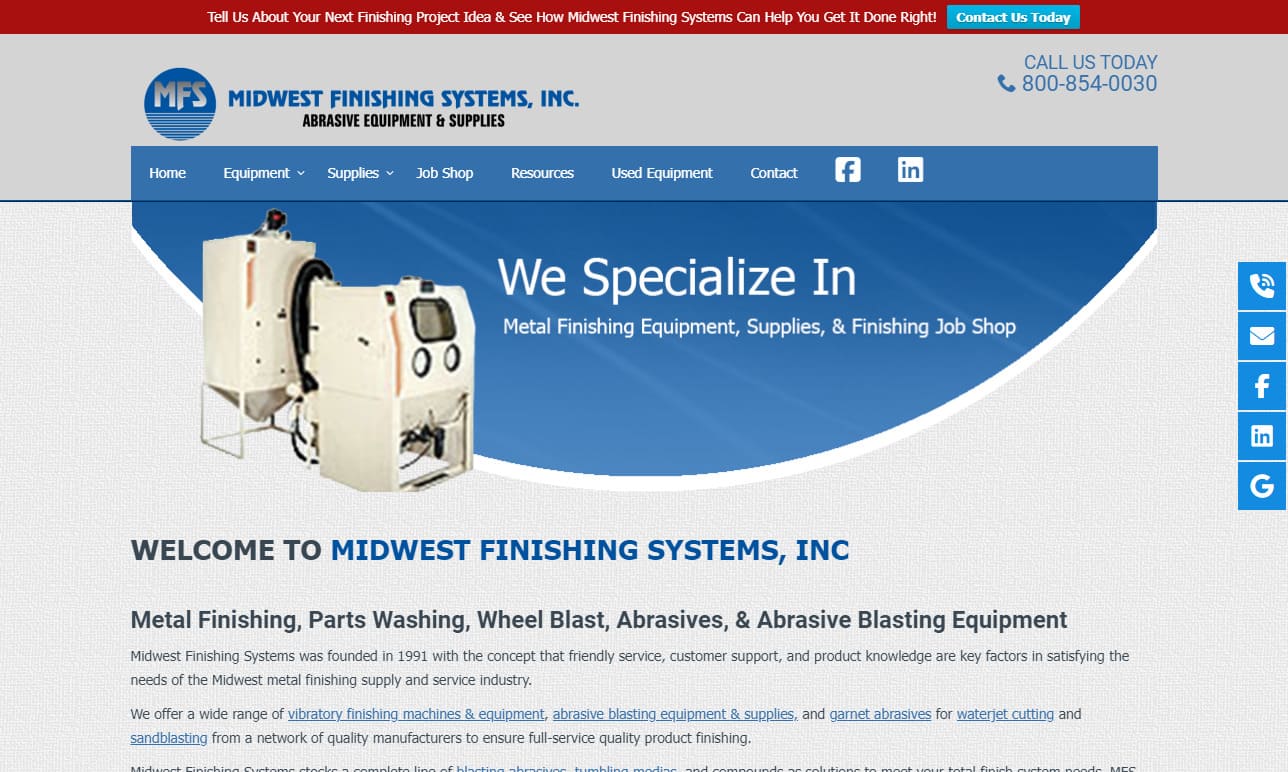




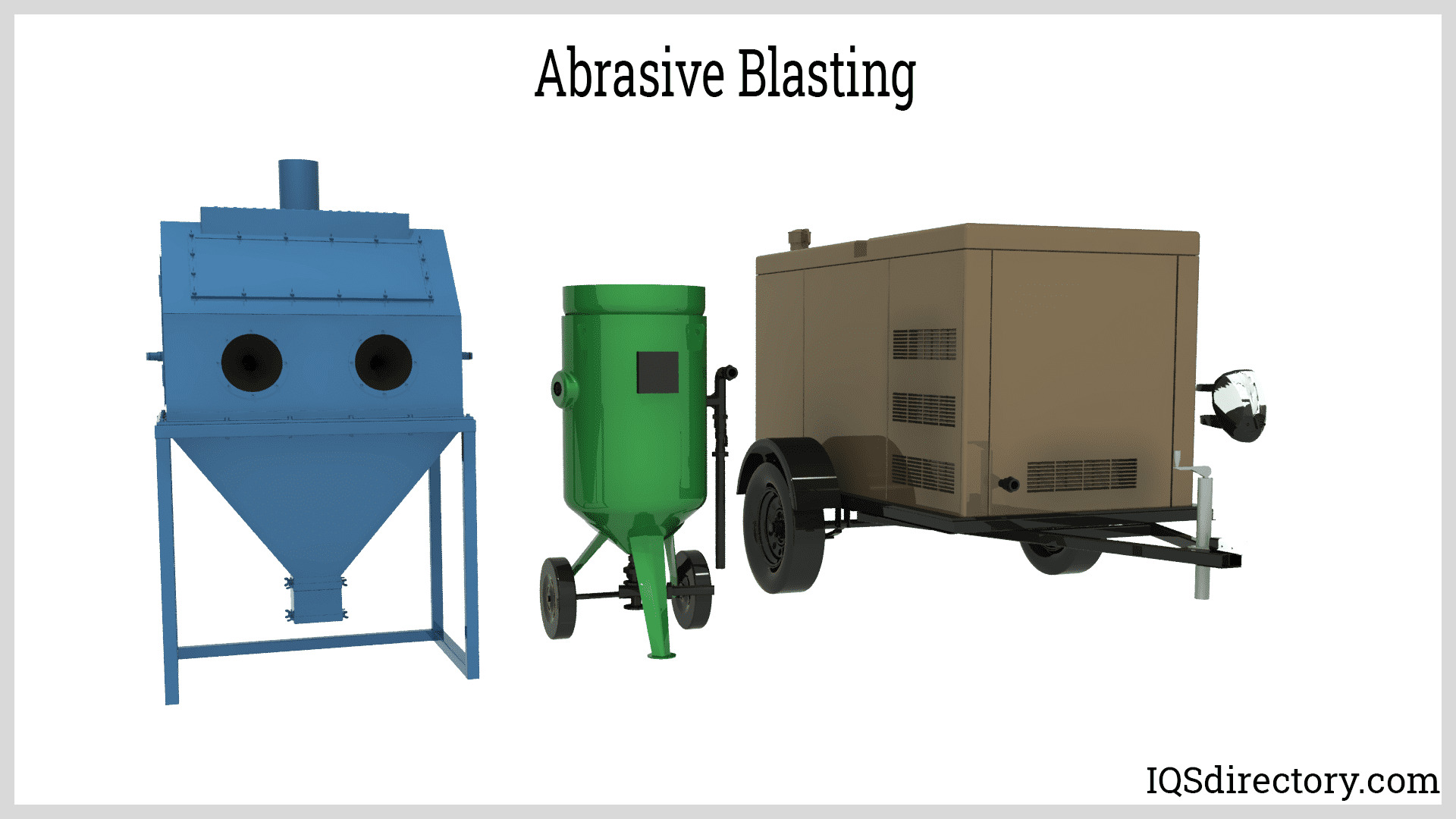
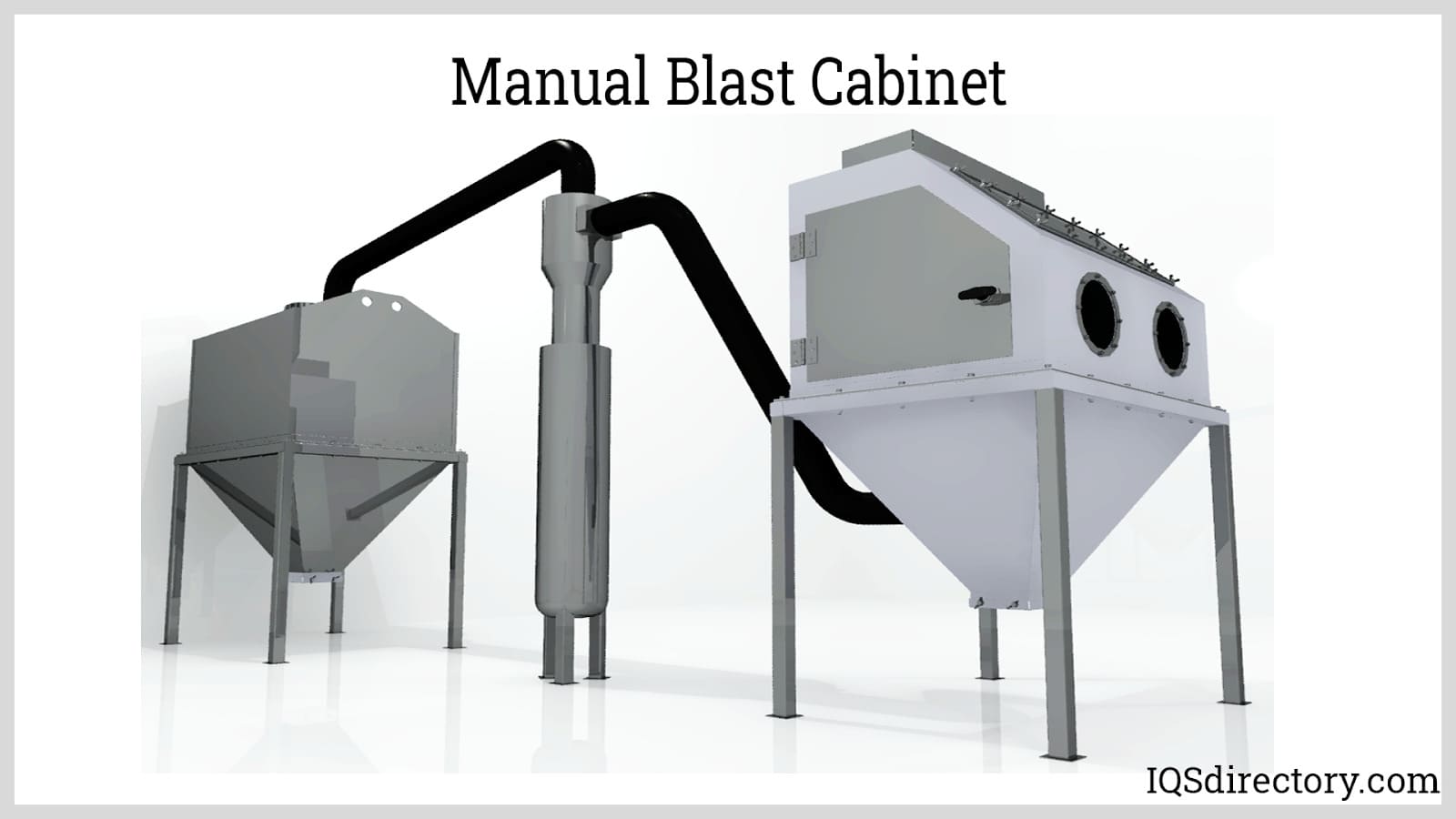
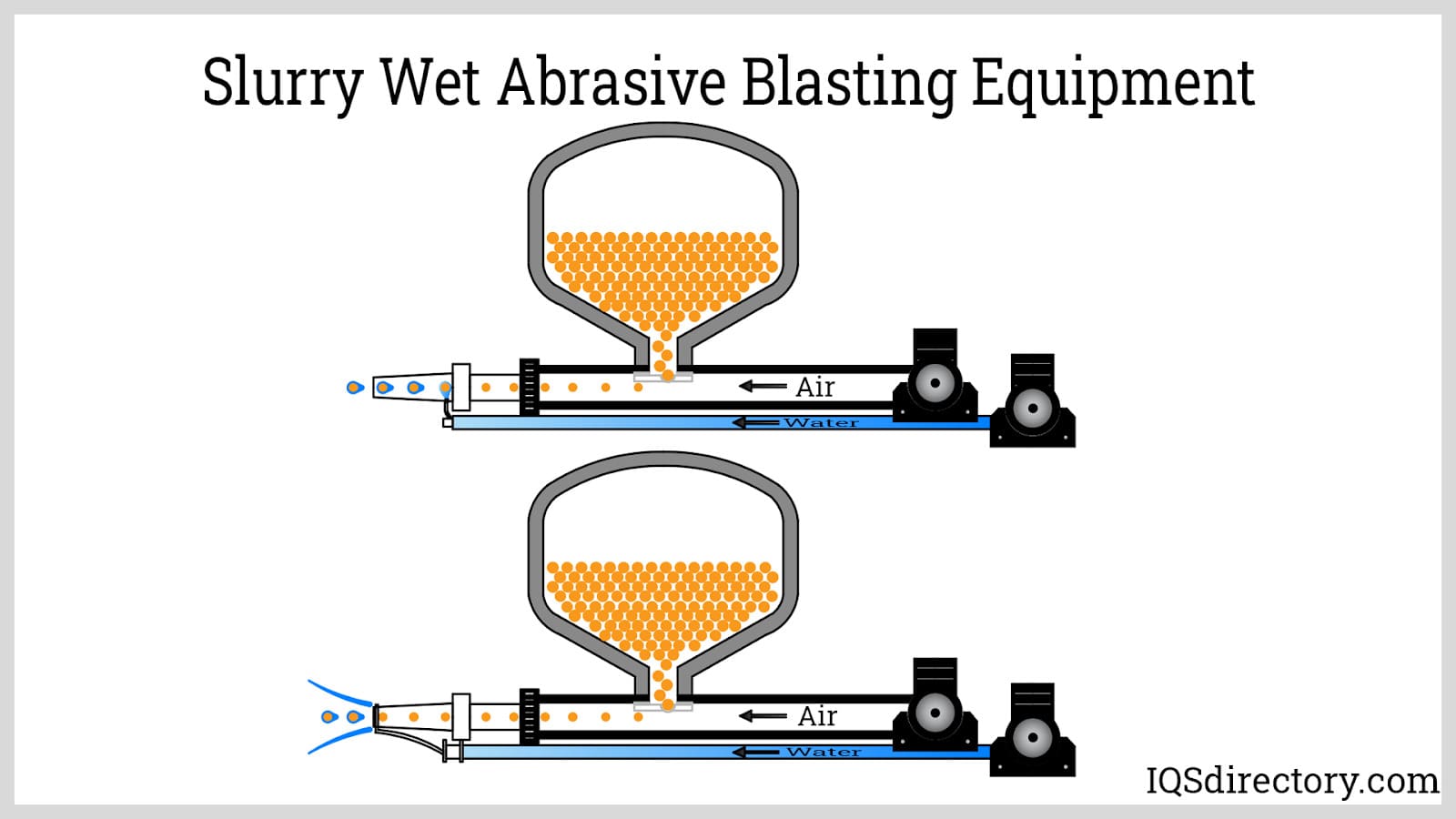
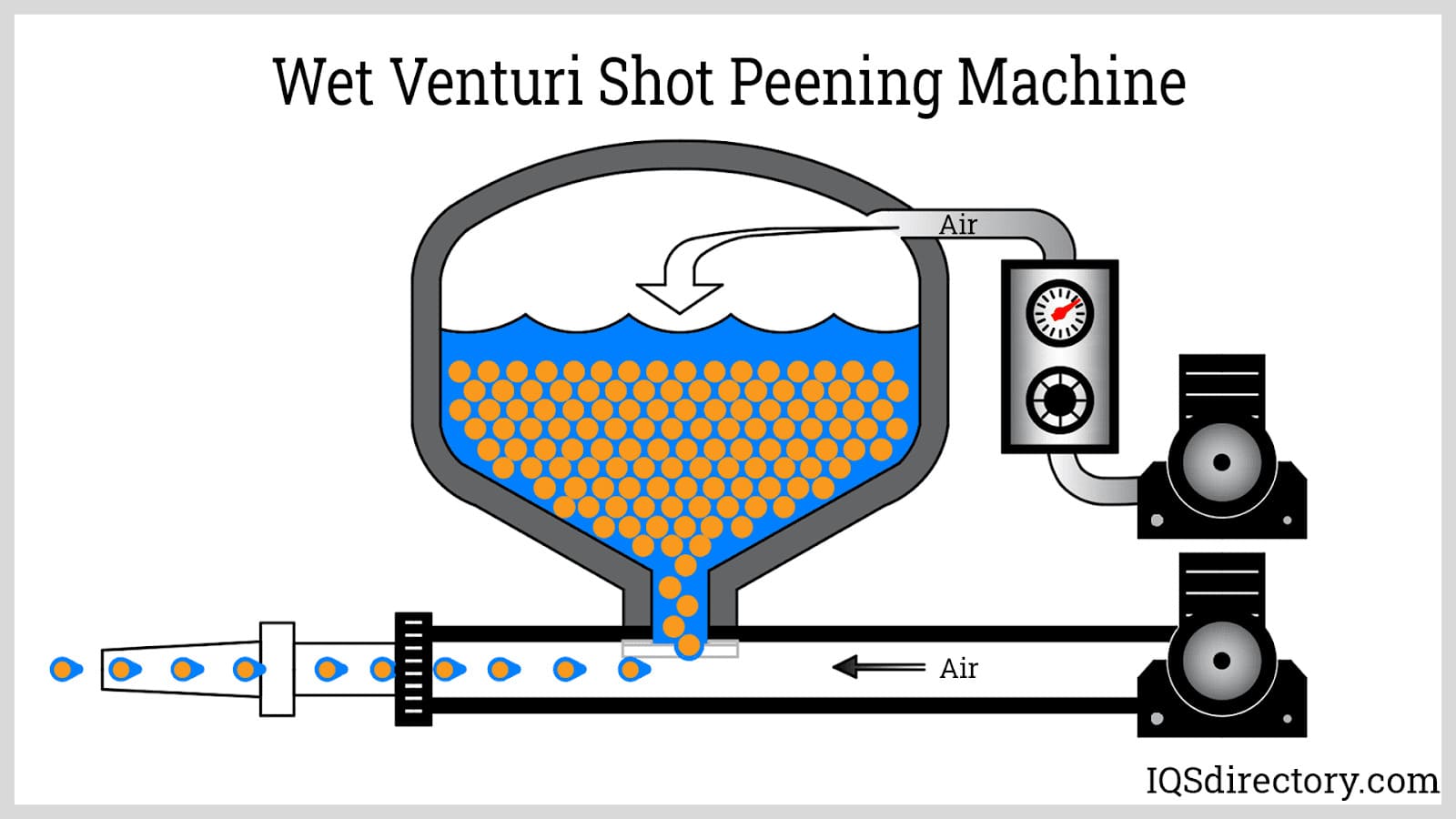
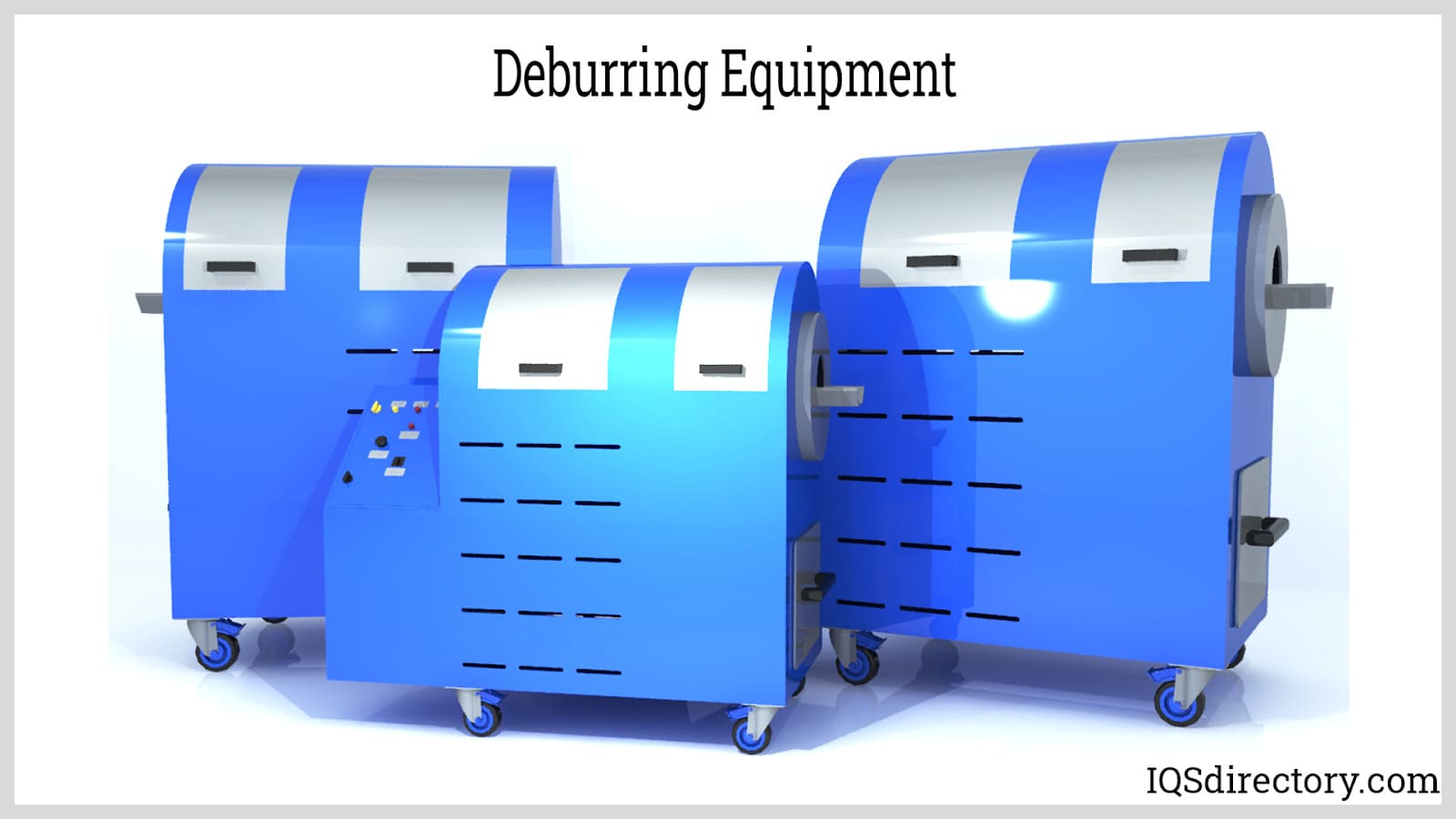
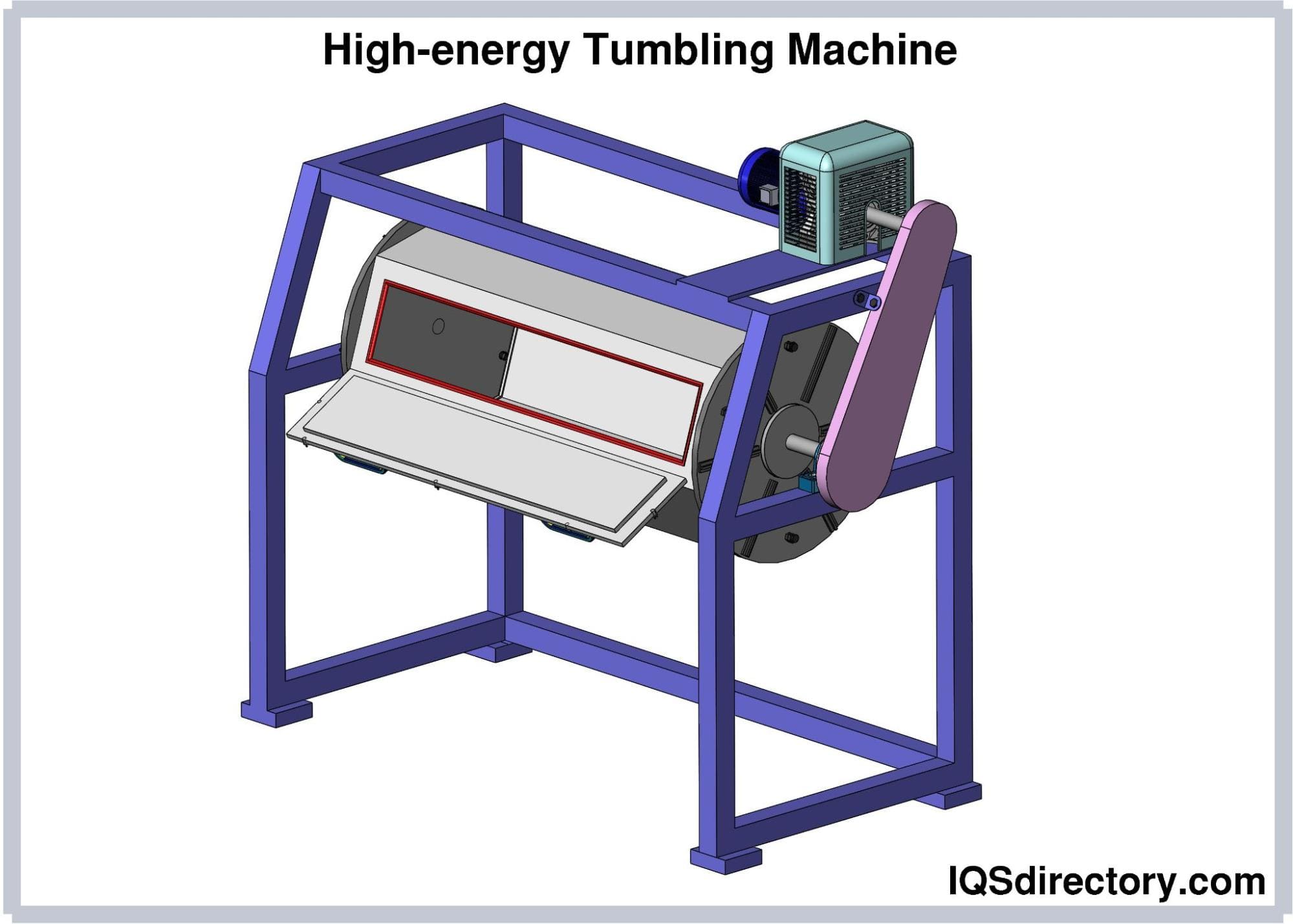
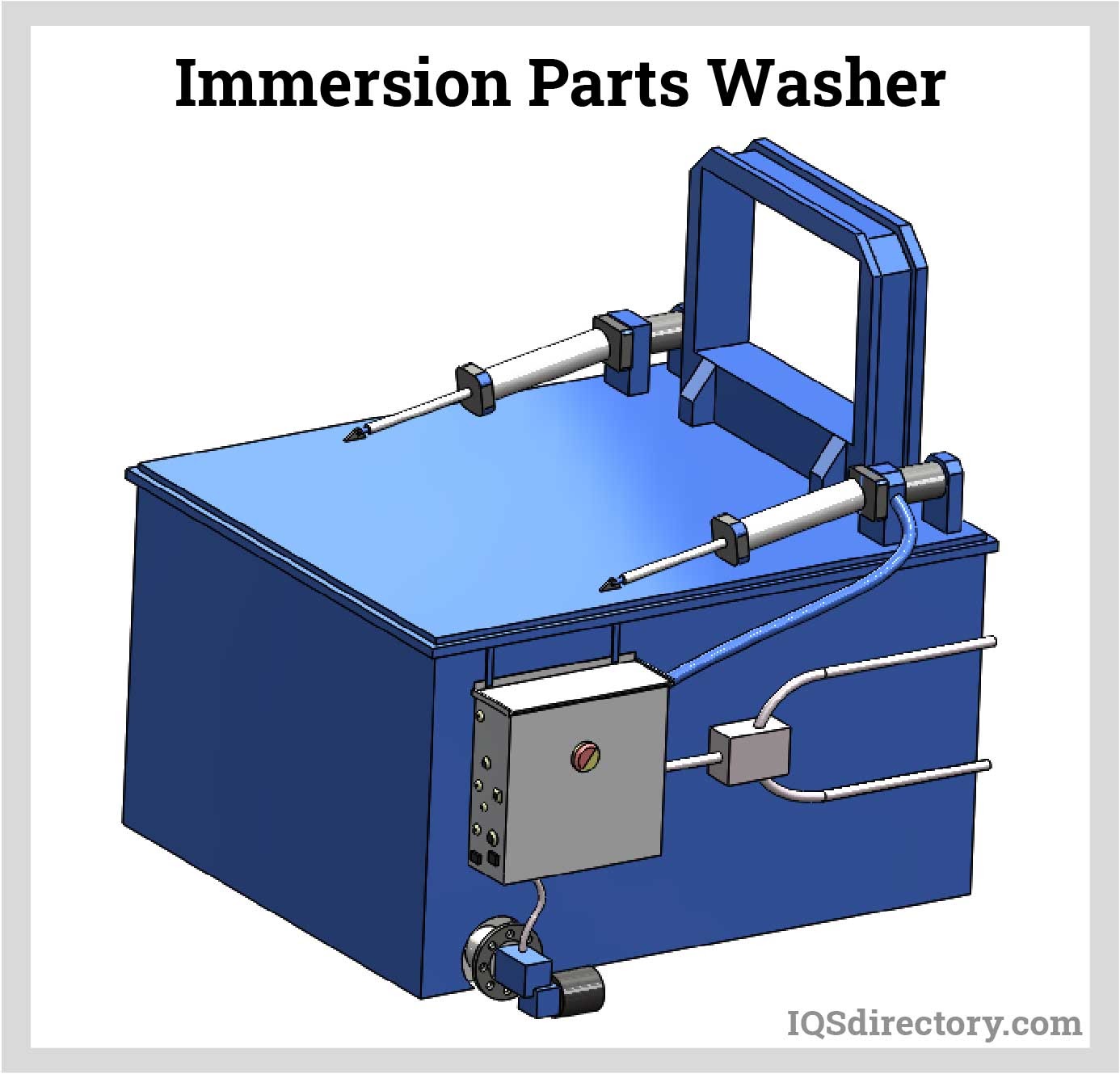
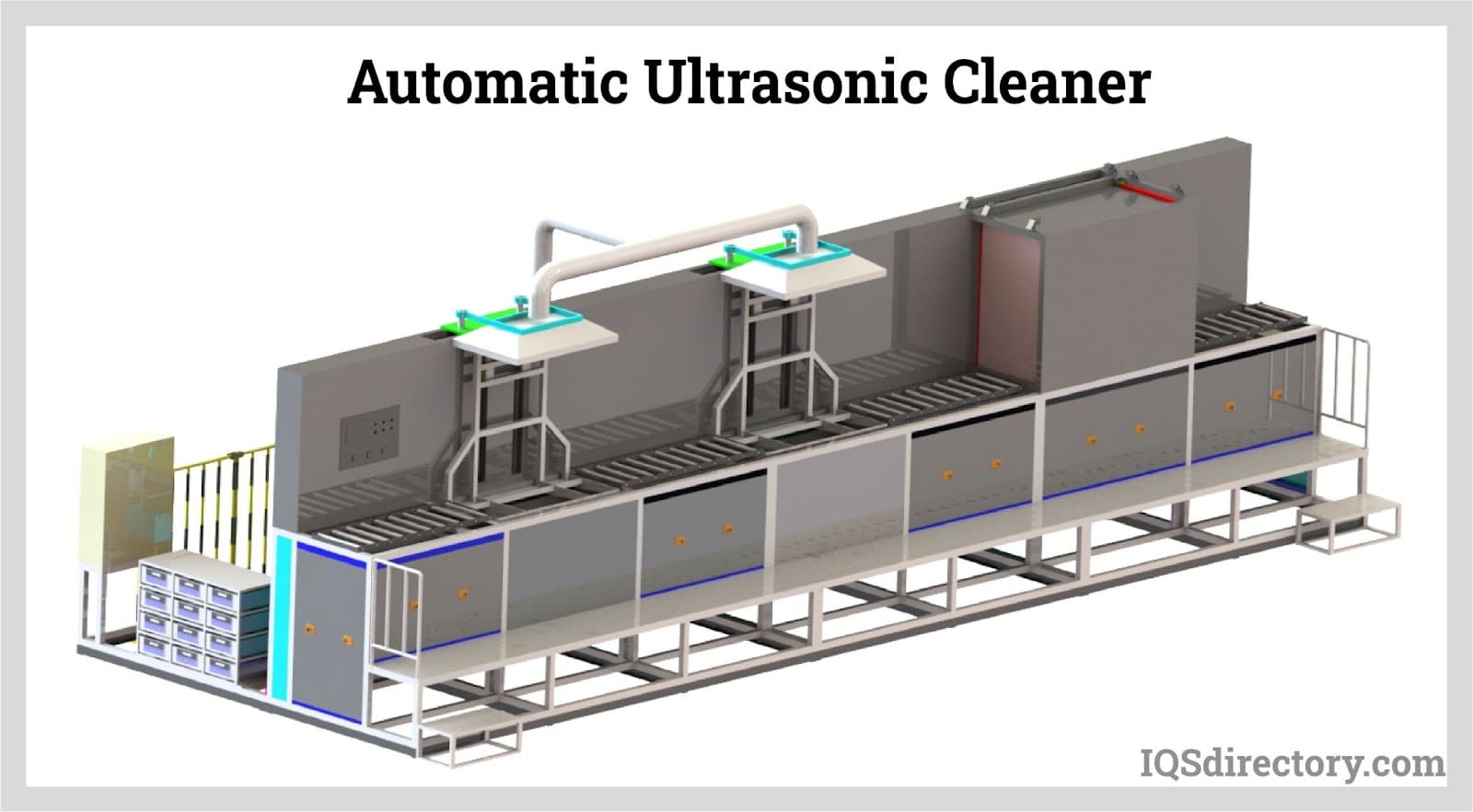
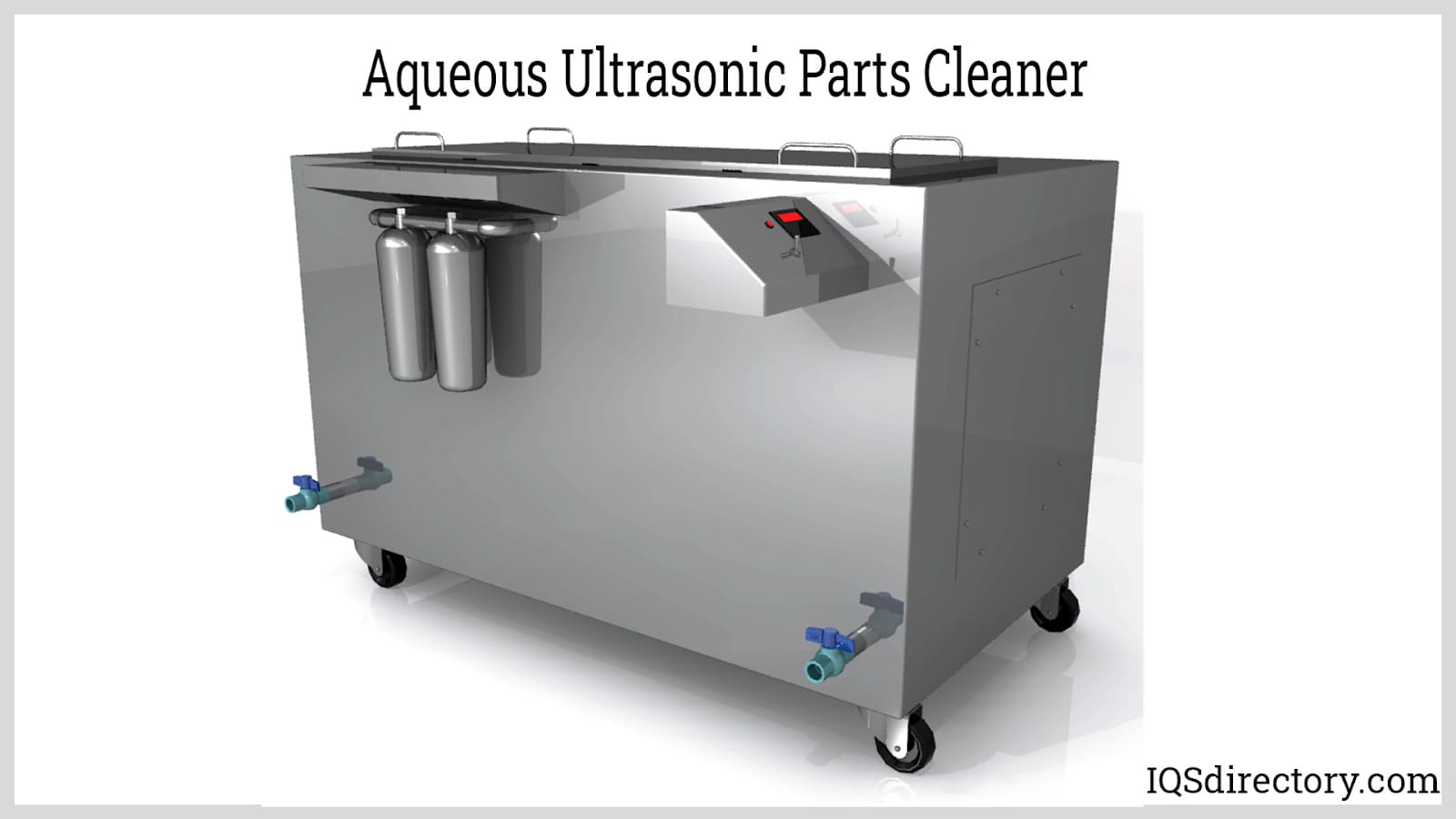
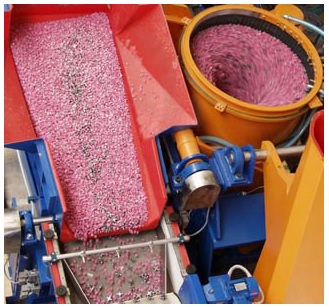 Deburring Machinery
Deburring Machinery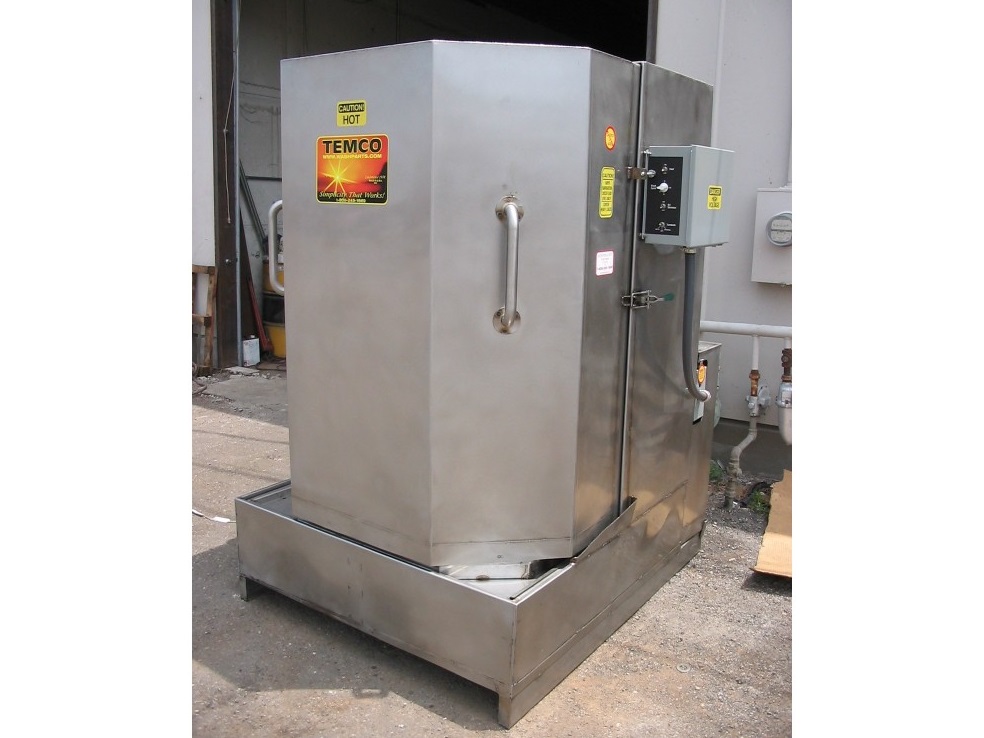 Industrial Parts Washers
Industrial Parts Washers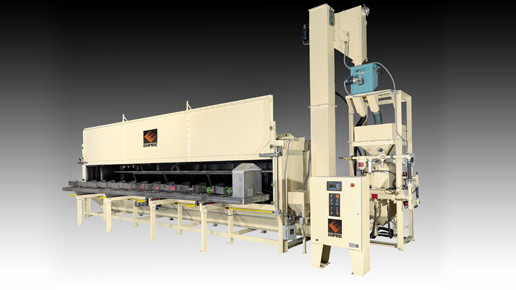 Sandblast Equipment
Sandblast Equipment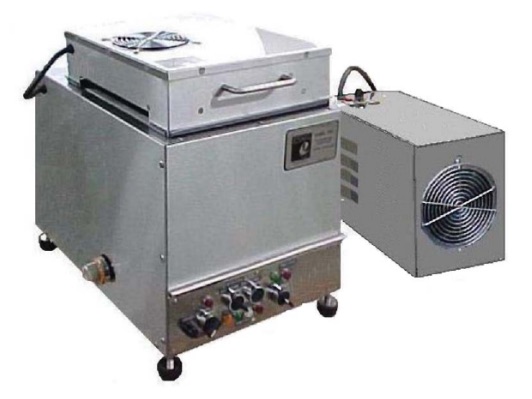 Ultrasonic Cleaners
Ultrasonic Cleaners Castings & Forgings
Castings & Forgings Bulk Material Handling
Bulk Material Handling Electrical & Electronic Components
Electrical & Electronic Components Flow Instrumentation
Flow Instrumentation Hardware
Hardware Material Handling Equipment
Material Handling Equipment Metal Cutting Services
Metal Cutting Services Metal Forming Services
Metal Forming Services Metal Suppliers
Metal Suppliers Motion Control Products
Motion Control Products Plant & Facility Equipment
Plant & Facility Equipment Plant & Facility Supplies
Plant & Facility Supplies Plastic Molding Processes
Plastic Molding Processes Pumps & Valves
Pumps & Valves Recycling Equipment
Recycling Equipment Rubber Products & Services
Rubber Products & Services